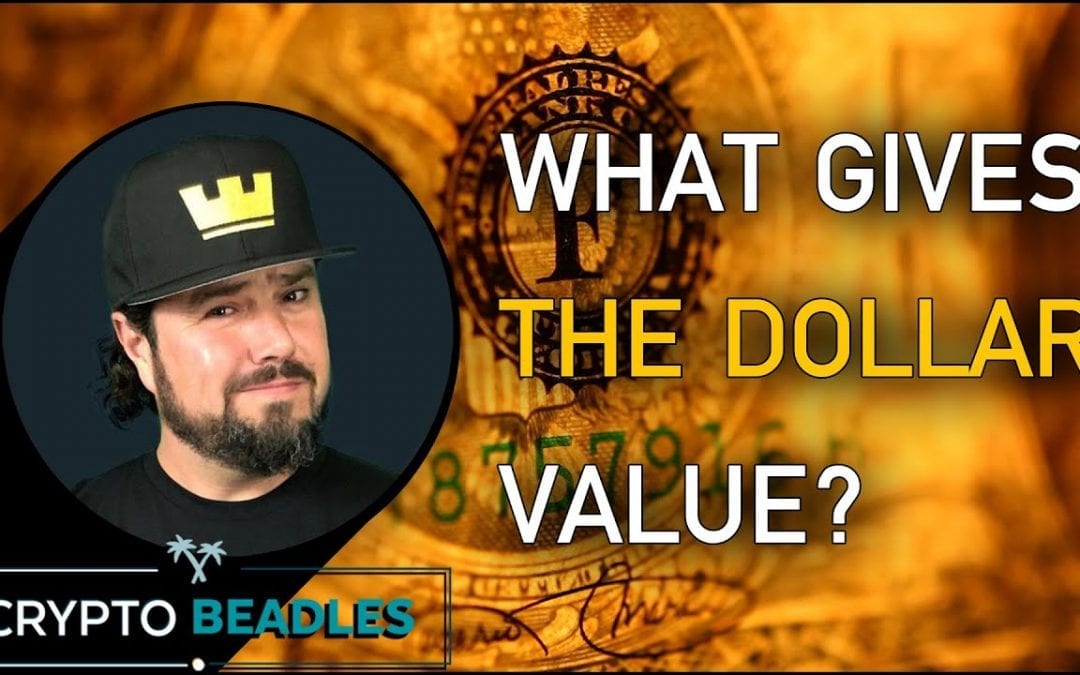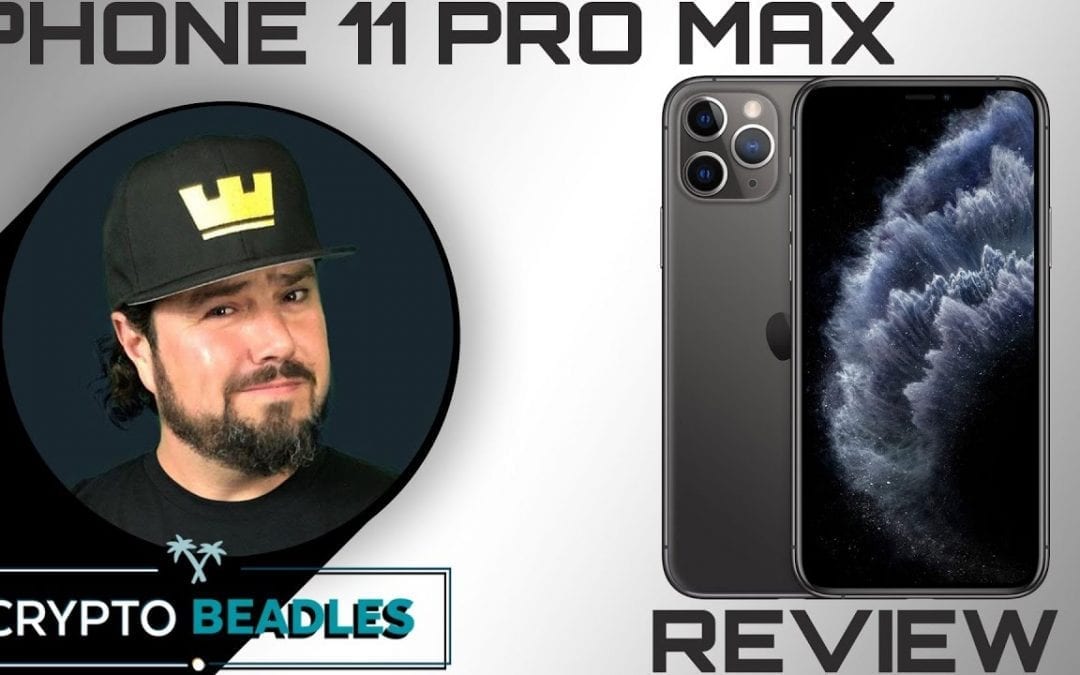
Crypto Beadles Partners with West Coast’s Largest Industry Conference Los Angeles Blockchain Summit In October

Crypto Beadles Partners with West Coast’s Largest Industry Conference Los Angeles Blockchain Summit In October
The collaborative effort aims to motivate more people to learn about the industry with a free $299 ticket and $100 in Bitcoin.
(Los Angeles, CA) May 4, 2020 – Crypto Beadles announces today an exciting new media partnership with the Los Angeles-based fintech venture studio, Draper Goren Holm, and the West Coast’s largest industry conference and expo, Los Angeles Blockchain Summit, to exercise both party’s mutual desire to develop greater widespread cryptocurrency and blockchain technology adoption.
For a limited time, Crypto Beadles’s audience can get a free $299 ticket to the summit plus $100 in free Bitcoin by registering here.
The collaborative effort aims to motivate more crypto and blockchain-interested individuals to dive deeper into the industry by providing fun opportunities to interact, learn, and discover more about the space at Los Angeles Blockchain Summit.
“Josef and Alon are outstanding and have built two of the world’s top blockchain investment conferences; LA Blockchain Summit and Security Token Summit,” said Robert Beadles, CEO of Crypto Beadles, President of Monarch, and the creator of the Monarch Wallet. “The Los Angelas Blockchain Summit in October could be one of the biggest and best crypto events to attend this year; you don’t want to miss it!”
The conference returns either online or at the Los Angeles Convention Center on October 6 and 7, 2020, for two full days of insightful educational tracks and fireside chats with the most accomplished, powerful, and astounding list of industry leaders and speakers. Furthermore, the summit is issuing a call for papers to provide top scholars engaged with innovative research, a chance to share their work with thousands.
This partnership will allow Crypto Beadles and its subscribers to get exclusive insights emerging from Los Angeles Blockchain Week and allow for extensive exposure to the ever-growing and rapidly maturing blockchain ecosystem in Los Angeles. Even more so, Crypto Beadles’ dedicated listeners can take advantage of bitcoin giveaways, free tickets, and more in light of the summit’s arrival.
“Aside from being one of the best YouTube industry influencers out there, we wanted to collaborate with Crypto Beadles because he pushes such high-quality that welcomes both beginners and advanced crypto enthusiasts. This is critical when trying to achieve widespread crypto and blockchain adoption,” says Josef Holm, Founding Partner at Draper Goren Holm and Co-Founder of LA Blockchain Summit.
Some benefits of this new partnership include:
-
Exclusive first-look access into the latest news surrounding Los Angeles Blockchain Summit, Los Angeles Blockchain Week, and Draper Goren Holm;
-
Free and heavily discounted tickets exclusively for Crypto Beadles’s audience;
-
A fun opportunity for Crypto Beadles’s audience to meet one another in person and strengthen the online community as a whole.
Click here to learn how to get $100 in Bitcoin and a free $299 ticket to LA Blockchain Summit.
About Crypto Beadles
Robert “Crypto” Beadles is the builder and Co-Founder of the Monarch Wallet, MonarchPay, and is a member of the C4 Crypto Consortium. The Monarch Wallet has 420,000+ downloads, supports over 3,012 cryptocurrencies, seven blockchains, offers fiat gateways, crypto APR % interest-earning, an ERC20 DEX and much more. Robert is an avid believer in Cryptocurrency, Blockchain technology, and offers some of the most in-depth, educational, unique, and insightful content available. His content is available on Biz.tv, CryptoBeadles.com, TradingView Sessions, Apple, and Google Podcasts, and his Crypto Beadles Youtube channel, which has over 574 videos, 92.1K subscribers, and 20.6 million video views.
About Draper Goren Holm
Draper Goren Holm, a partnership between Tim Draper, Alon Goren, and Josef Holm, is a venture studio focused on accelerating and incubating early-stage blockchain and fintech startups, while simultaneously producing leading blockchain and cryptocurrency events, Security Token Summit and LA Blockchain Summit. Portfolio companies include Totle, Ownera, Innovesta, LunarCrush, Degens, Giftz, Vertalo, Coinsquad, CasperLabs, Element Zero, DeFi Money Market, and more.
For more info, visit https://drapergorenholm.com.
About Los Angeles Blockchain Summit
Sold-out consecutively for seven conferences, Los Angeles Blockchain Summit returns to the Los Angeles Convention Center from October 6, 2020. The summit brings together angel investors, venture capital investors, retail investors, family offices, real estate investors, startups / entrepreneurs, issuers, exchanges, broker-dealers, service providers, and members of the media. Previous headliners include: Steve Wozniak, Tim Draper, Crystal Rose, Mance Harmon, Ran Neu-Ner, Marcus Lemonis, Robert Herjavec, David Siemer, Bill Barhydt, Scott Walker, Adam Draper, and Apolo Ohno.
For more info, visit https://lablockchainsummit.














